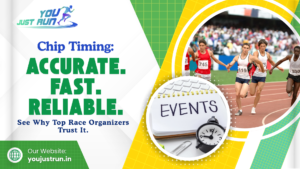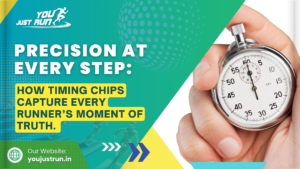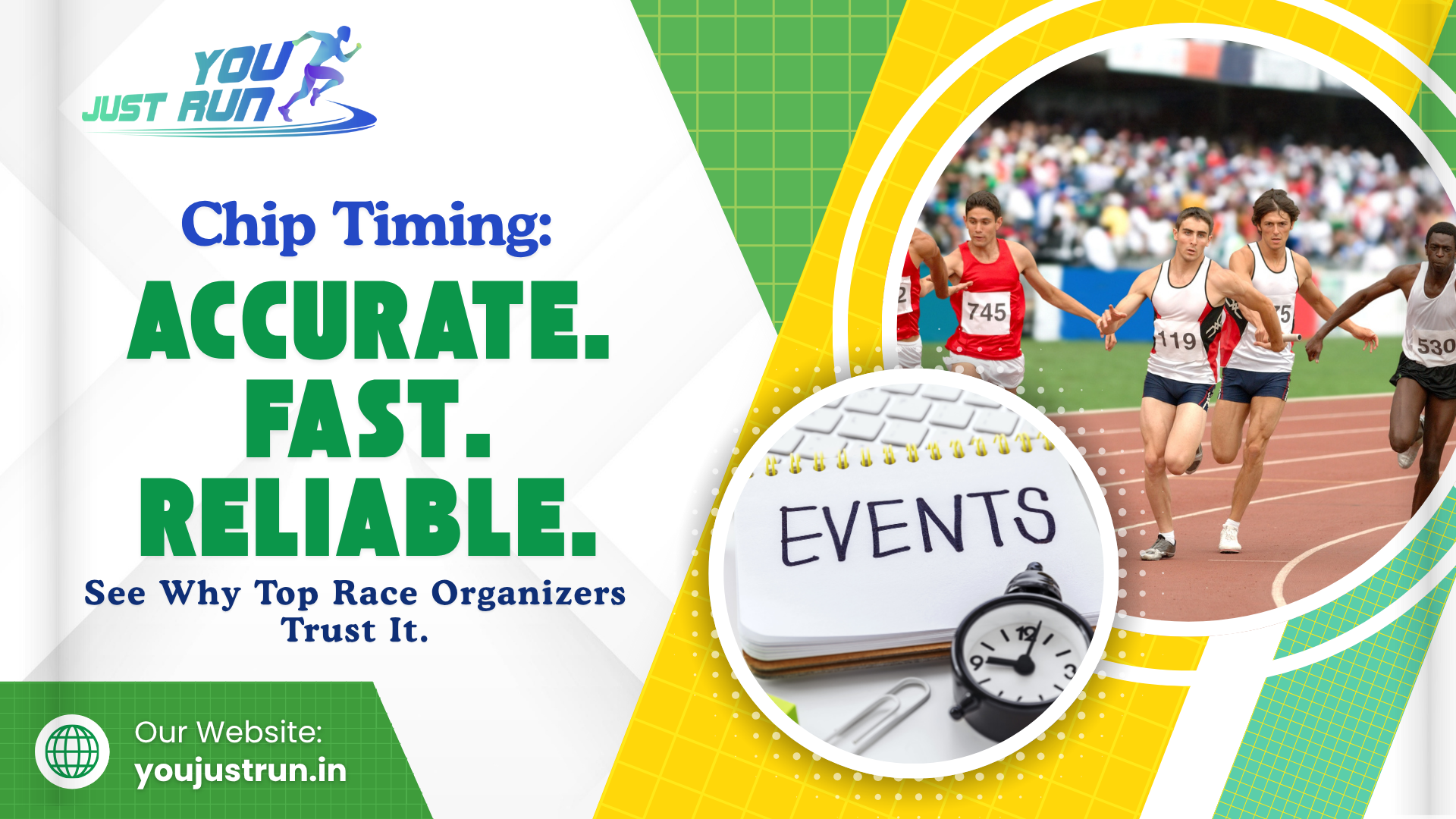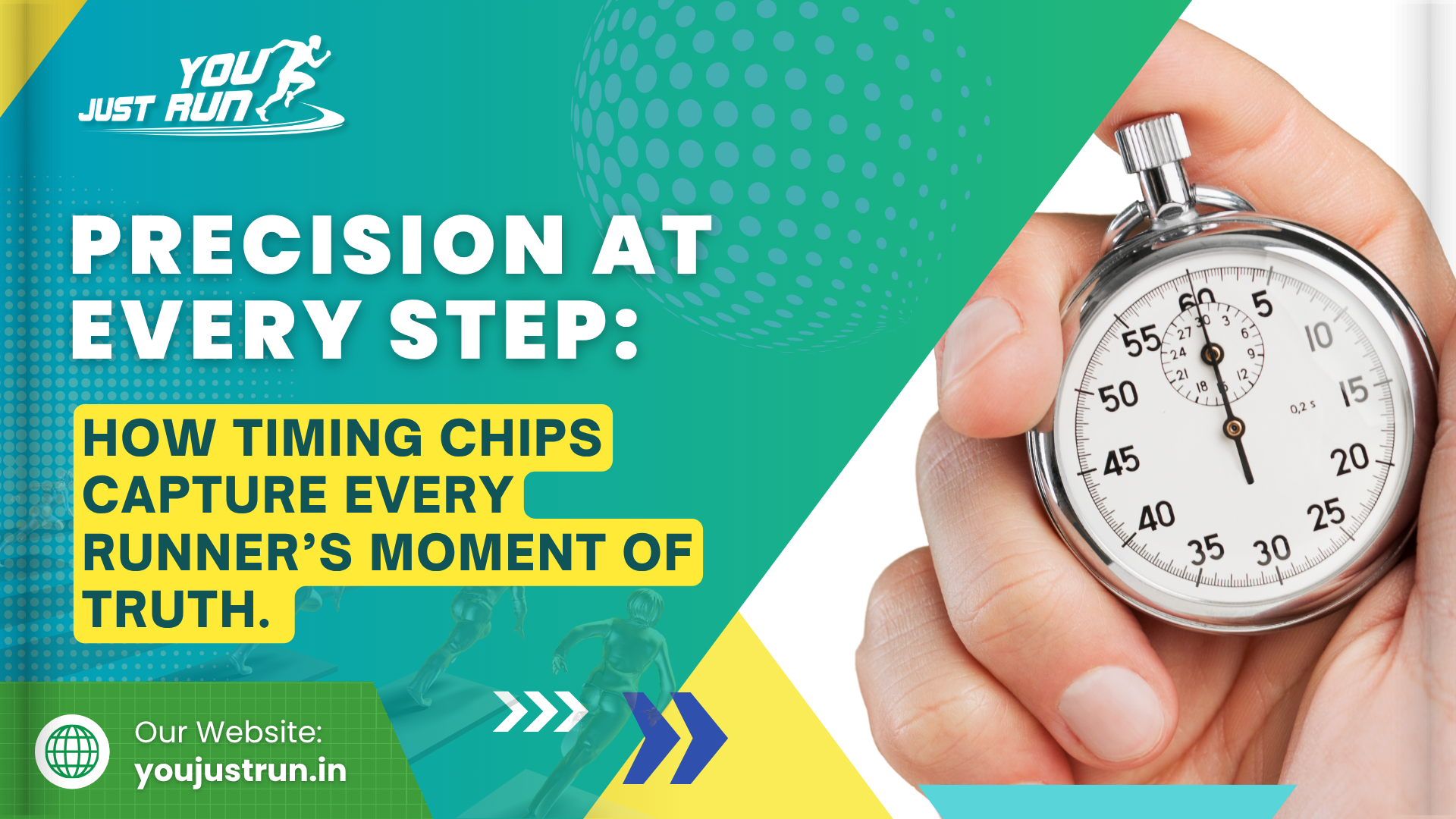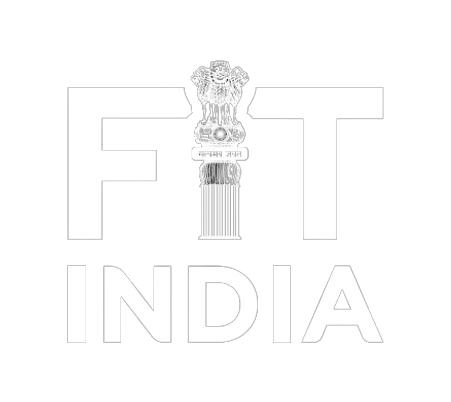In modern-day running events, accurate timing and monitoring are crucial for both runners and event planners. The development of GPS-based timing systems has totally transformed the management and delivery of races. Apart from enhanced accuracy, GPS technology offers useful information that is advantageous to all parties concerned, be it participants or organizers.
This blog presents how GPS is instrumental in transforming the future of running competitions.
What is GPS and How Does It Work in Running Timing Systems?
GPS (Global Positioning System) utilizes satellites to ascertain the exact position of a device. GPS in running races monitors the movement of runners during a race. With GPS devices placed on runners or checkpoints along a race course, race officials can collect data that monitors participants’ positions and times in real time.
With GPS integrated into running timing systems, the race course can be monitored more effectively, ensuring that times are recorded accurately. This technology wipes out most errors with manual or chip-based timing procedures, especially in big events involving hundreds or thousands of competitors.
The Power of Accuracy in Race Timing
GPS provides a huge advantage as far as the accuracy of timing in running races is concerned. Regardless of whether there are many runners or the race course is tricky, GPS provides the time of every participant to an extreme accuracy. GPS documents all movement from start to finish, going beyond the traditional way of measuring participants at fixed points.
Timing systems can also offer detailed split times by using GPS. These intermediate results, provided at various points along the course, allow runners to track their performance and adjust their pacing throughout the race. Accurate timing at every stage gives organizers and participants confidence that the results are trustworthy.
Real-Time Tracking for a Better Race Day Experience
One of the most thrilling advantages of GPS in running timing systems is real-time tracking. Now, with GPS technology, runners do not have to wait until race end to learn about their times. They can view their progress at any time during the race, which makes the experience more interactive and immersive.
All these real-time facts also enable organizers of races to inform runners, spectators, and media in an instant. Real-time tracking will be able to give on-spot information, e.g., location of the runner, estimated completion time, or even milestones from the course route. This provides instant feedback which improves the total race-day experience, making things more enjoyable for all concerned.
Improving Race Management and Logistics
By using GPS technology, race organizers can manage events with greater ease and efficiency. The system allows them to track runners throughout the race, ensuring everything proceeds as planned. If unexpected issues arise, such as route blockages or health emergencies, GPS allows organizers to act quickly, ensuring participants’ safety and preventing any disruptions to the race.
In addition, GPS information can provide essential information on the pace at which the race is being carried out. Race directors can identify locations where runners are slowing down or picking up the pace, and they can use this to make timely changes. Such information can also be used in crowd management and the strategic placement of aid stations or medical care along the course.
Enhancing the Runner’s Experience with Data Insights
For athletes, GPS-enabled running timing systems provide more than just the duration it will take to complete the race. Runners are able to obtain comprehensive performance data, including their pace, distance, and time spent at each checkpoint. Runners are able to analyze their performance and prepare for subsequent events with this data.
Also, GPS technology enables more personalized tracking. Runners can input goals prior to the race and utilize the real-time data to make changes in their approach. GPS provides critical direction to runners, no matter if they are working on a new best time or simply concerned with completing the race. Its observations ensure that they remain on course towards their personal goals.
The Future of Running Timing Systems
As technology advances, the role of GPS in Running Timing Systems will only become more sophisticated and accurate. Next-generation systems might include even more precise tracking functions, like heart rate monitoring or weather condition monitoring, to present a complete profile of a runner’s performance.
For race organizers, integrating GPS into running timing systems offers the opportunity to refine event management. With the aid of precise data, event organizers can refine race routes, enhance the experience for fans, and simplify coordination of all event logistics.
Conclusion
Bearing GPS into contemporary timing systems for running has drastically modified the process of timing and following races. GPS technology, with its accurate tracking, real-time reporting, and in-depth analytics, has emerged as a priceless asset to both race participants and organizers. Continuous innovation in GPS technology continues to push the running event sector to new levels of improvement, making the entire race experience more relevant, efficient, and enjoyable for all.
By adopting GPS, race directors are able to provide greater accuracy, safety, and real-time participation, making it possible for both participants and fans to have a memorable experience every step of the way. Running events are becoming GPS-led and it’s a thrilling era for the sport of race timing.



